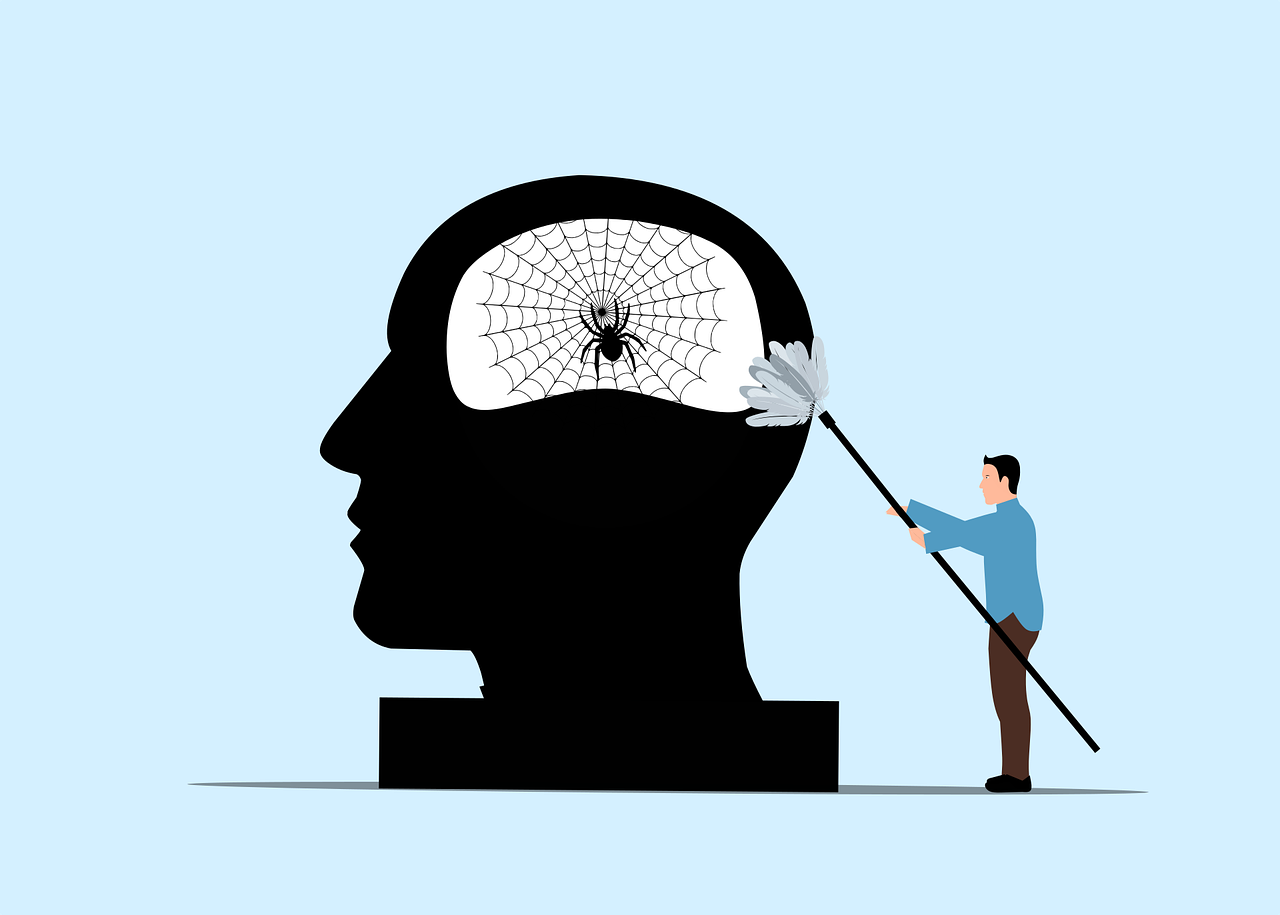Uncovering the Invisible Costs of Negative Actions and How They Undermine Your Success
Every negative action, whether small or large, knowingly or unknowingly, can have hidden consequences that affect your success in ways you may not immediately see. From stifled creativity at work to long-term health risks, the cost of negativity can be far greater than you think.
Understanding Hidden Costs
Hidden costs refer to the indirect consequences of actions that are not immediately apparent. They accumulate over time and can lead to significant repercussions for individuals and organizations alike. For instance, negative actions such as poor decision-making or a lack of trust can create a toxic environment that stifles creativity and collaboration.
Impact on Workplace Dynamics
In professional settings, negativity can severely affect team dynamics. Research indicates that disengaged employees can lead to a decline in customer satisfaction and damage a company’s reputation. The cumulative effect of such negativity results in decreased productivity and increased turnover rates, ultimately impacting the bottom line.
- Employee Disengagement: Employees who feel undervalued or mistrusted may disengage from their work, resulting in lower productivity levels and reduced innovation.
- Conflict and Miscommunication: Negative interactions often lead to misunderstandings and conflicts among team members. These conflicts consume time and resources, detracting from overall performance.
Health and Safety Implications
The hidden costs of negative actions also extend to health and safety in the workplace. Poor health and safety practices can result in significant indirect costs, including project delays and loss of skilled workers. These costs often go unnoticed until they escalate into more severe issues.
- Long-Term Health Effects: A negative work environment can contribute to stress-related illnesses among employees, leading to increased absenteeism and healthcare costs.
- Reputation Damage: Companies known for poor health and safety standards may struggle to attract talent or retain customers, further compounding financial losses.
Social Costs Beyond the Workplace
Negative actions impact not only individuals or organizations but also have broader social implications. Businesses that engage in environmentally harmful practices impose hidden costs on communities through pollution and resource depletion. These negative externalities often necessitate governmental intervention to correct market failures.
- Community Impact: The social costs associated with negative business practices can lead to community health issues and decreased quality of life for residents.
- Economic Consequences: Long-term environmental damage can result in economic burdens for communities as they deal with the fallout from corporate negligence.
The Cost of Inaction
Inaction in the face of negativity incurs hidden costs as well. Failing to address toxic behaviors or poor decision-making can lead to missed opportunities for growth and innovation. Organizations that do not take proactive measures may find themselves falling behind competitors who are quicker to adapt.
- Lost Revenue Opportunities: Each day that a problem persists without action is a day of potential revenue lost. Organizations may miss out on opportunities for improvement or market expansion.
- Stagnation: A culture that tolerates negativity may become stagnant, unable to evolve or respond effectively to changing market conditions.
Conclusion
The hidden costs of negative actions are far-reaching and can impact your life in unexpected ways. Start recognizing and addressing negativity today to create a healthier, more productive environment. Take action now; choose positivity and pave the way for long-term success. Share this article and help others avoid the hidden costs of negativity!




